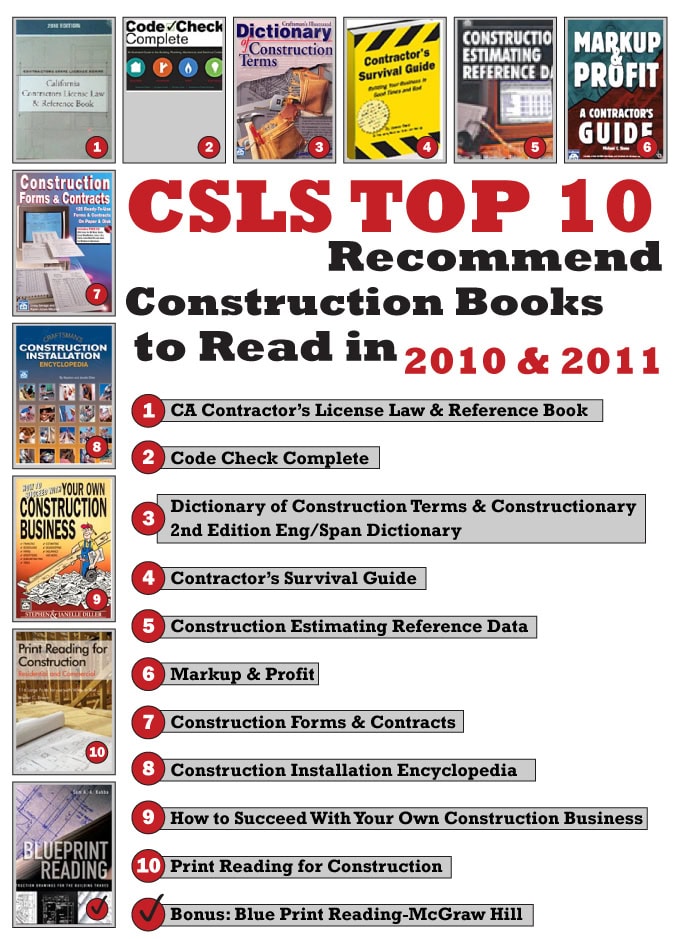11 Best Construction Books to Read in 2010 and 2011
many successful entrepreneurs maintain ongoing training and development to continuously sharpen the saw our list of top 10 books to read will help any contractor improve his/her skillset, business, and increase opportunities.

